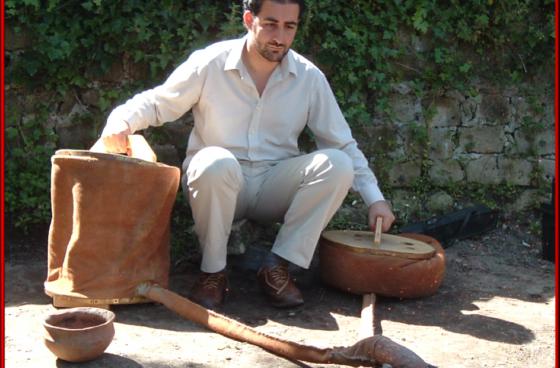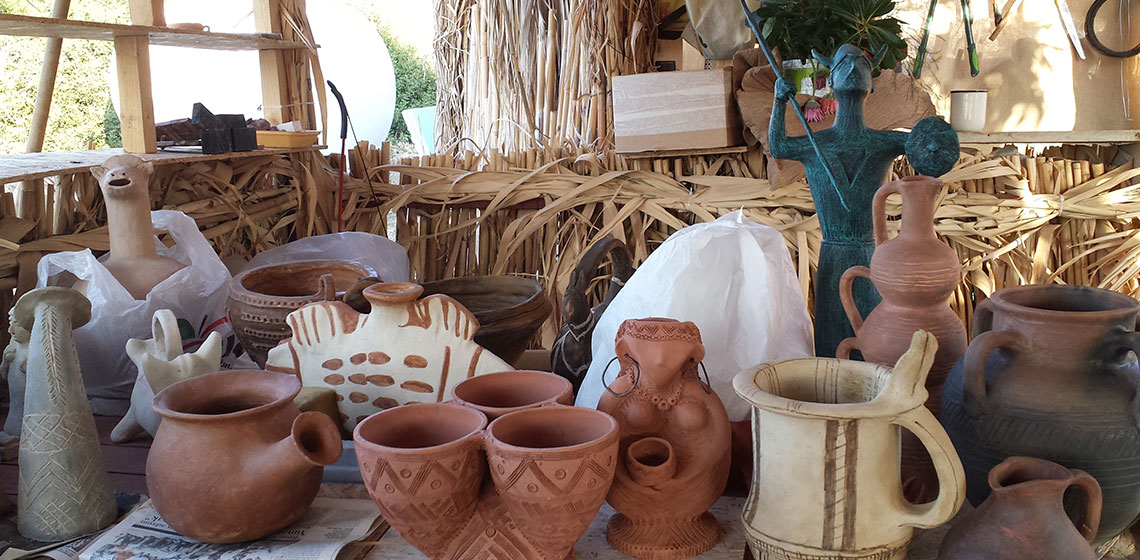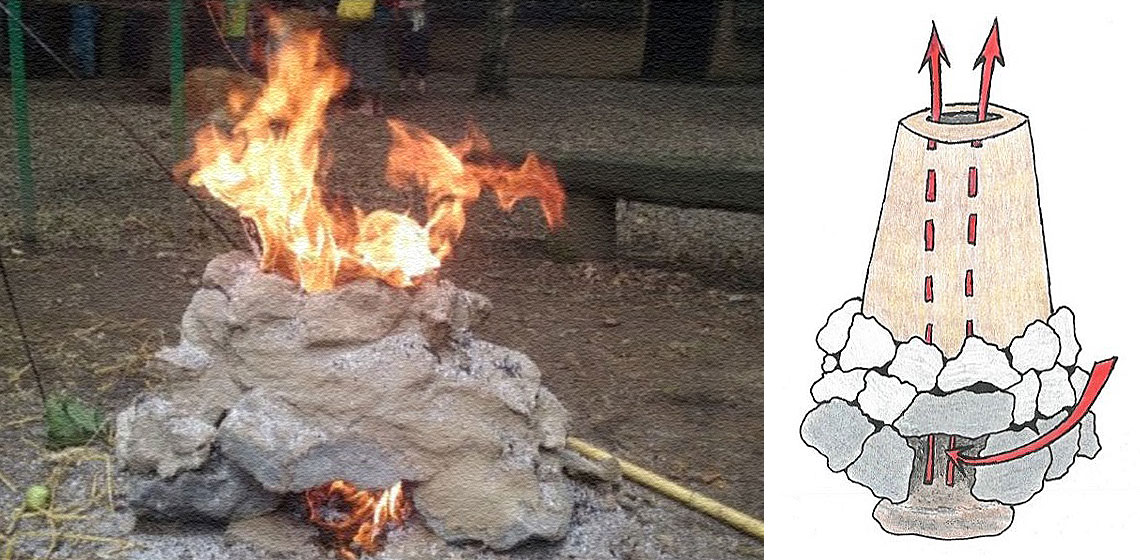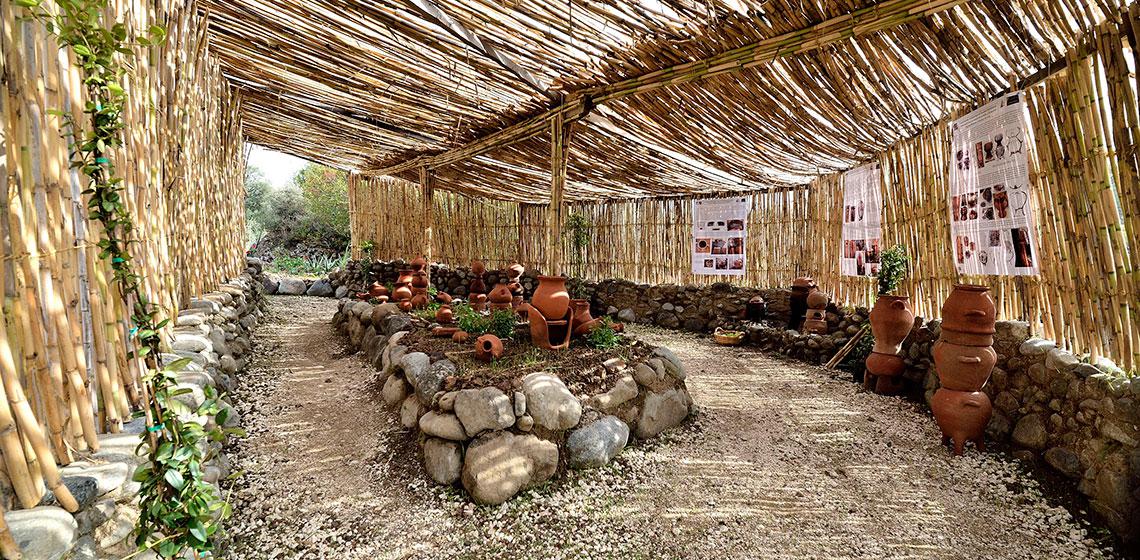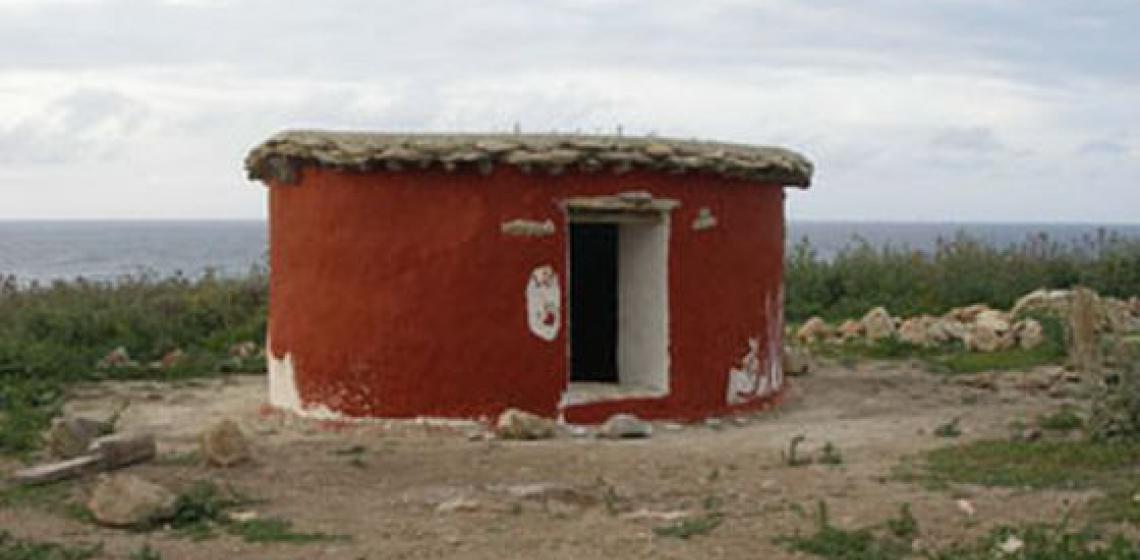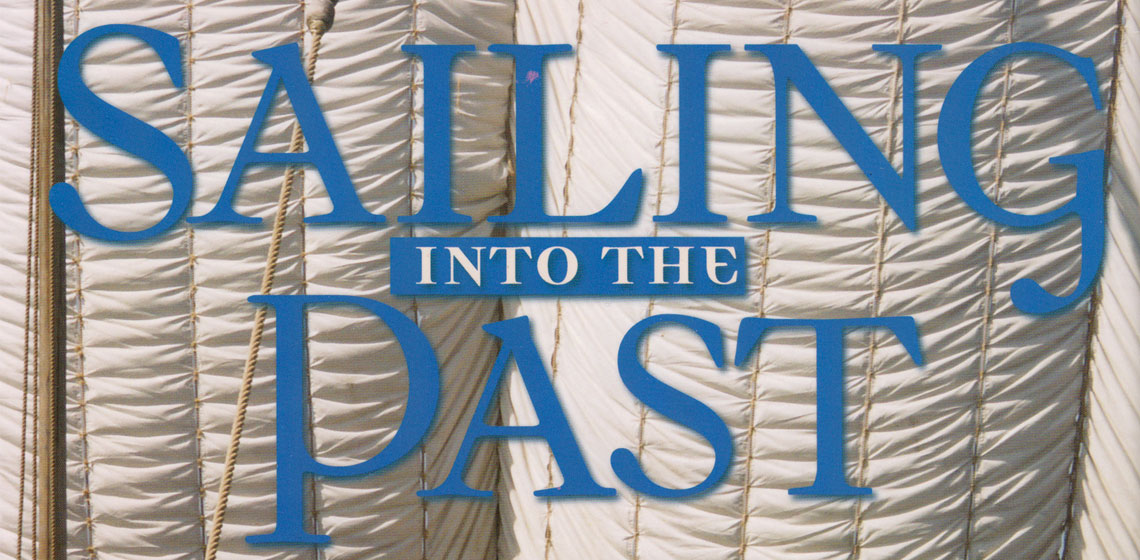Lemba Experimental Village, Cyprus, a long-term project from the University of Edinburgh, the reproduction of a Chalcolithic village on Cyprus. This started purely for research and was an initiative by the LAP of the University of Edinburgh. Initial funding was obtained through research grants by Dr Thomas from the University of Edinburgh, the Royal Museum of Scotland and the British School of Archaeology in Jerusalem (now the Council for British Research in the Levant).
Lemba Experimental Village, Cyprus, a long-term project from the University of Edinburgh, the reproduction of a Chalcolithic village on Cyprus. This started purely for research and was an initiative by the LAP of the University of Edinburgh. Initial funding was obtained through research grants by Dr Thomas from the University of Edinburgh...

